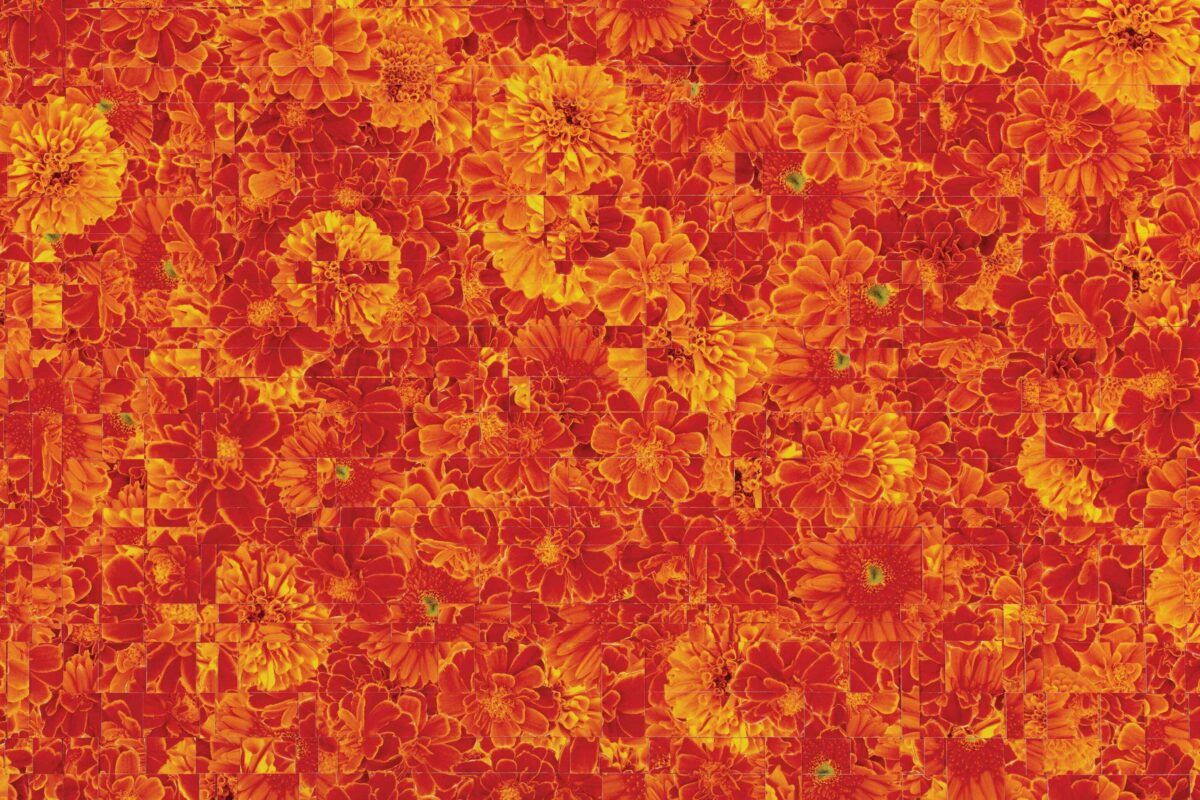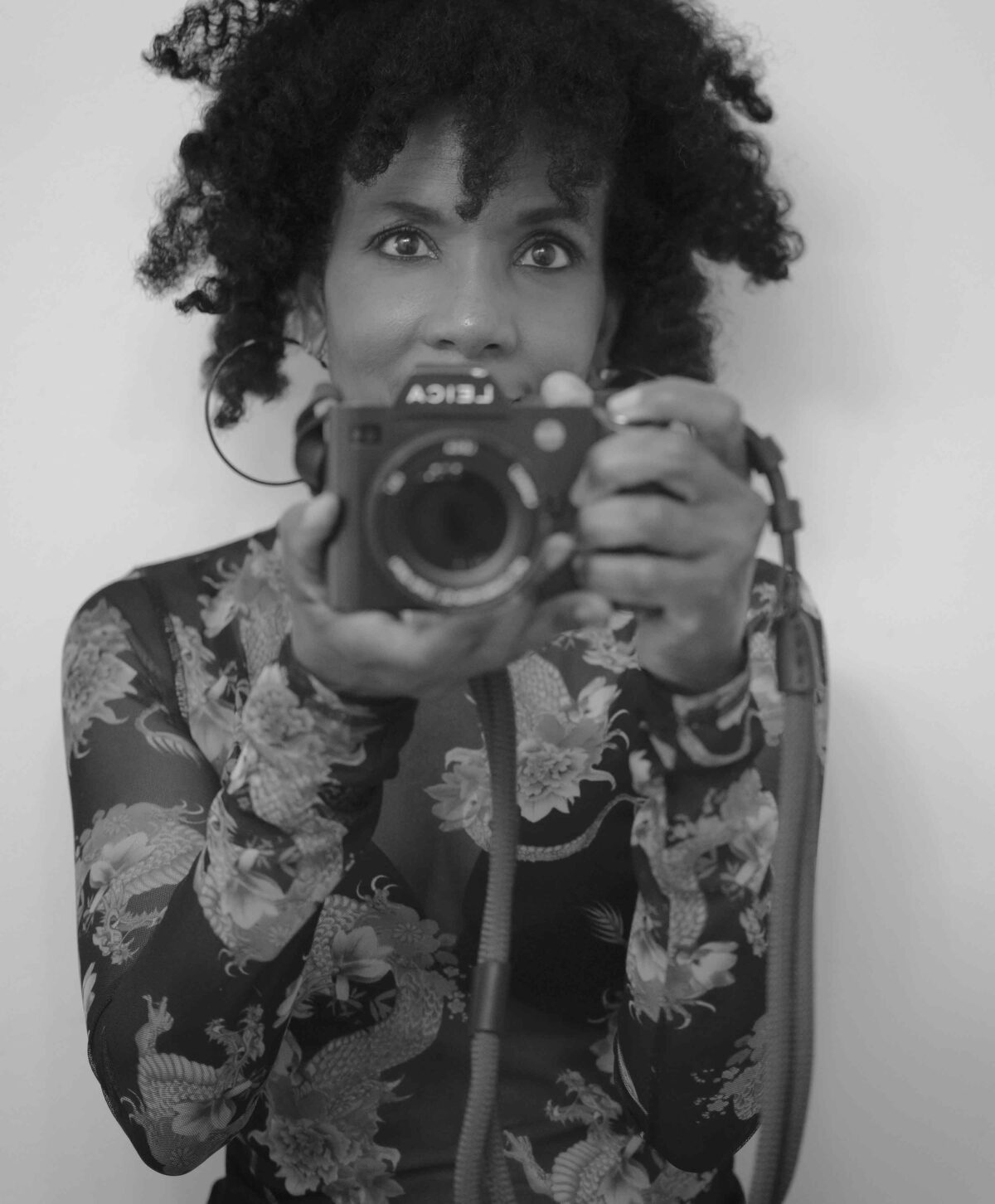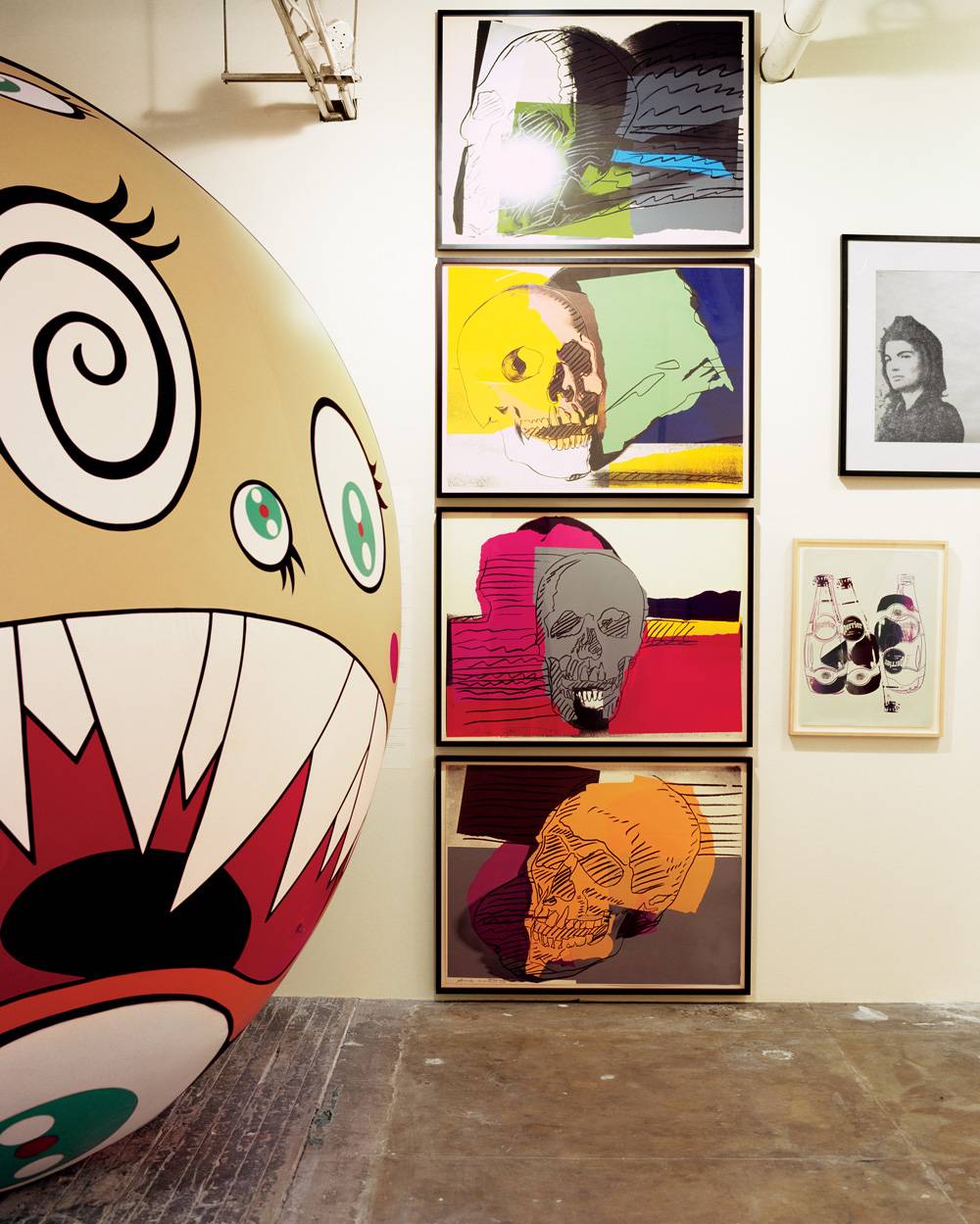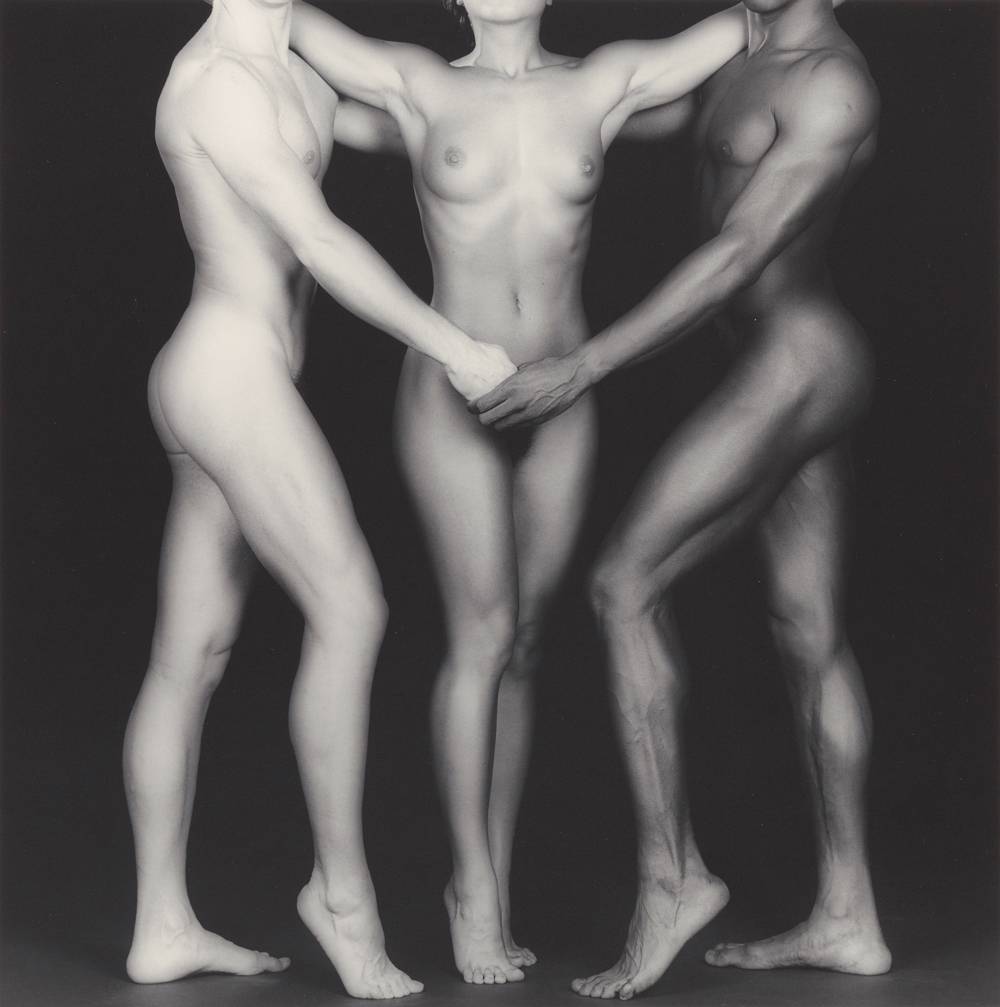On view through July 31, Robert Frank and Todd Webb: Across America, 1955 brings together the photographs of two newly minted Guggenheim fellows who attempted to capture “the distance between the myth and reality” of postwar American society. Both experienced editorial photographers, Frank and Webb wanted to challenge what they perceived as idealized images presented in advertising and media. Frank exposed the realities of racial discrimination and the disadvantaged, while Webb lamented the spiritual poverty and ruthlessness required to succeed. The exhibition demonstrates how each artist observed the ordinary people and out-of-the-way places of the United States through their own unique methods and perspectives.
Without knowledge of one another’s plans, Frank and Webb applied for grants from the John Simon Guggenheim Memorial Foundation to document their impressions of America in the mid-1950s. A display of ephemera in the first room of the exhibition includes facsimiles of their applications, and the project statements shed light on their different approaches. Having tried his hand as a prospector in California following the stock-market crash in 1929, Webb was interested in traveling the path taken by the Gold Rush pioneers in 1849. Over the course of six months, he planned to walk, bike, and boat from New York City to San Francisco, making an intensive pictorial study resulting in “a book of photographs with text, depicting vanishing Americans and the way of life that is taking place.” Frank also endeavored to make a visual record of “things American, past and present,” but described his project as “only partly documentary in nature: one of its aims is more artistic than the word documentary implies.” Walker Evans, who wrote letters of support for both photographers’ applications, published his own portrait of the eastern United States in 1938, and his book, titled American Photographs, had a significant influence on Frank’s artistic intentions as he embarked on his road trip across the country in 1955.




Frank and Webb photographed similar subjects – people, activities, and buildings, including parades and political events, car culture, manufacturing, and diners – as they traveled across the United States. Webb’s body of work demonstrates his interest in architectural structures and signage, with typological studies of subjects like bars and yacht clubs emerging as an organizing principle. Stylistically, Webb’s photographs are classically composed with sharp focus and even tonality. Often grainy and atmospheric, Frank’s images have a disquieting quality. Compositionally, he was more adventurous, often out of necessity, as with his image of a rough bar in Gallup, New Mexico, which he made holding the camera at hip-level to avoid detection. Frank was unconcerned with making perfect pictures, and there are often “hot spots” from various natural and electric light sources that contribute to the moodiness of his work.
The photographers’ personalities are reflected in their photographic styles and approaches as well. Webb was openly curious; Frank was reserved. Webb clearly enjoyed engaging with the people he met and kept records of his subjects with the intention of sending them prints of their portraits once the project was completed. Frank maintained a distance, likely in part because as a European Jew, he was perceived as an outsider. While Frank was drawn to document the struggles of the poor in particular, he seemed to relish interactions that cultivated tension: in his favorite image, a Black couple sitting in a San Francisco park look back with irritation at the photographer as he takes their picture without their permission.
The exhibition, which was organized by Lisa Volpe, curator of photography at the Museum of Fine Arts, Houston (where it was on view in 2023), is loosely laid out. Frank’s and Webb’s photographs are interspersed throughout four galleries with minimal orienting text panels. Occasionally, images of related subjects, such as gravesites, highways, and cowboys are hung together. One pairing – a trolley full of Asian passengers in what appears to be San Francisco’s Chinatown by Webb and Frank’s iconic streetcar in segregated New Orleans showing Black passengers relegated to the back – has no contextualizing information and feels like a missed opportunity to discuss race relations in the 1950s. In contrast, other labels use hyperbolic language that oversimplifies the complex dynamics at work. In one example, Frank’s photograph of a men’s room in the Memphis train station in which a Black man shines the shoes of a white customer, is described as a “searing indictment of both U.S. race relations and the indignities forced upon the lower classes.” This overgeneralization minimizes the insidiousness of economic and social systems favoring the white and wealthy that Frank was able to capture in his subtle and nuanced photographs.


Frank took over 27,000 photographs on his extended journey across the country. His highly influential book The Americans, which included 83 photographs and an introduction by Jack Kerouac, was published in France in 1958 and in the United States in 1959. Frank’s style and subject matter generated strong reactions to the book, which was initially reviled and perceived by some critics as anti-American, but by the time the sexual revolution and the Civil Rights movement dominated the 1960s, the work was hailed as prescient.
On his trip, Webb took over 10,000 photographs, but did not publish any of the work at the time. Although between 1946 and 1966, he was included in an impressive 14 exhibitions at New York’s Museum of Modern Art, Webb’s work remained relatively unknown until 2016, when Betsy Evans Hunt began collaborating with Webb and his wife, Lucille, to preserve his life’s work and legacy. Thanks in large part to the Todd Webb Archive, where Hunt is the executive director, this exhibition marks the first time that images from the photographer’s cross-country journey have been shown and published.
In making their portraits of America in 1955, Frank and Webb looked for experiences shared by everyday people living in a vast country permeated by racism, corruption, and rising consumer culture. The goal of the exhibition is to present two different versions of the United States from the same historical and cultural moment. Webb’s images hold their own, but ultimately Frank’s photographs have a layered and subtle complexity, both in terms of content and aesthetic approach, that bears repeated looking, especially in today’s toxic political climate, in which the lessons of history are easily forgotten.













